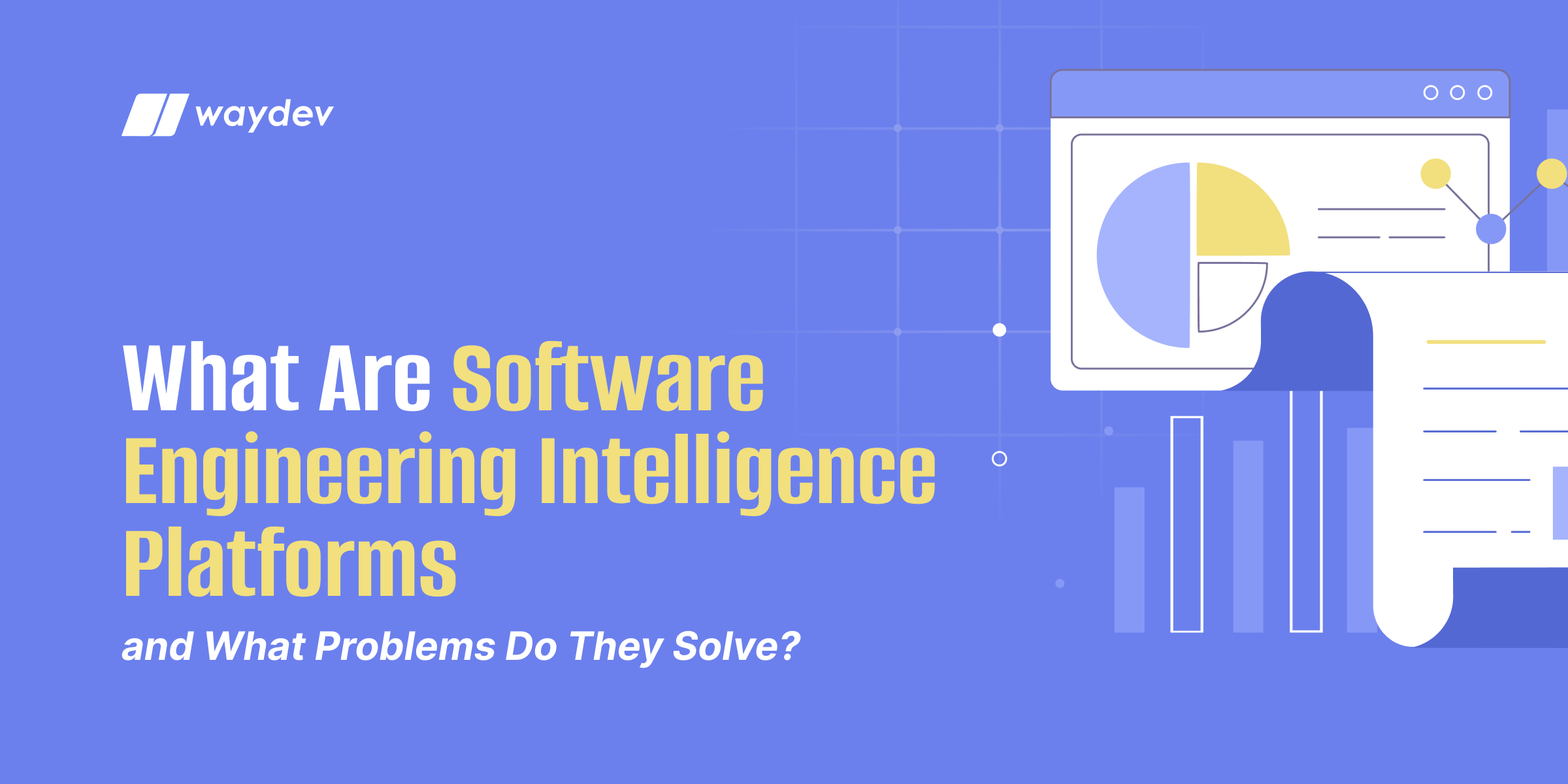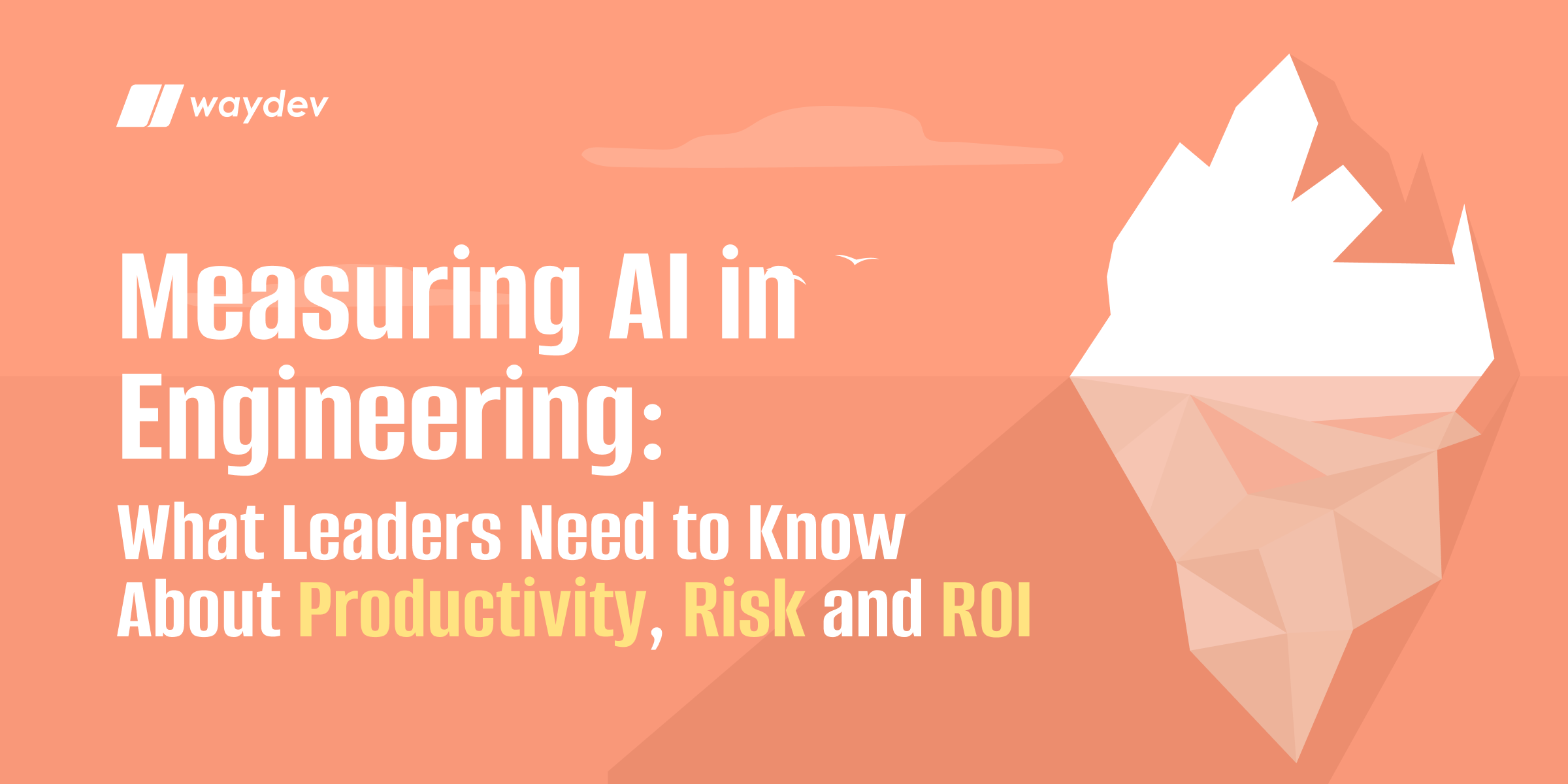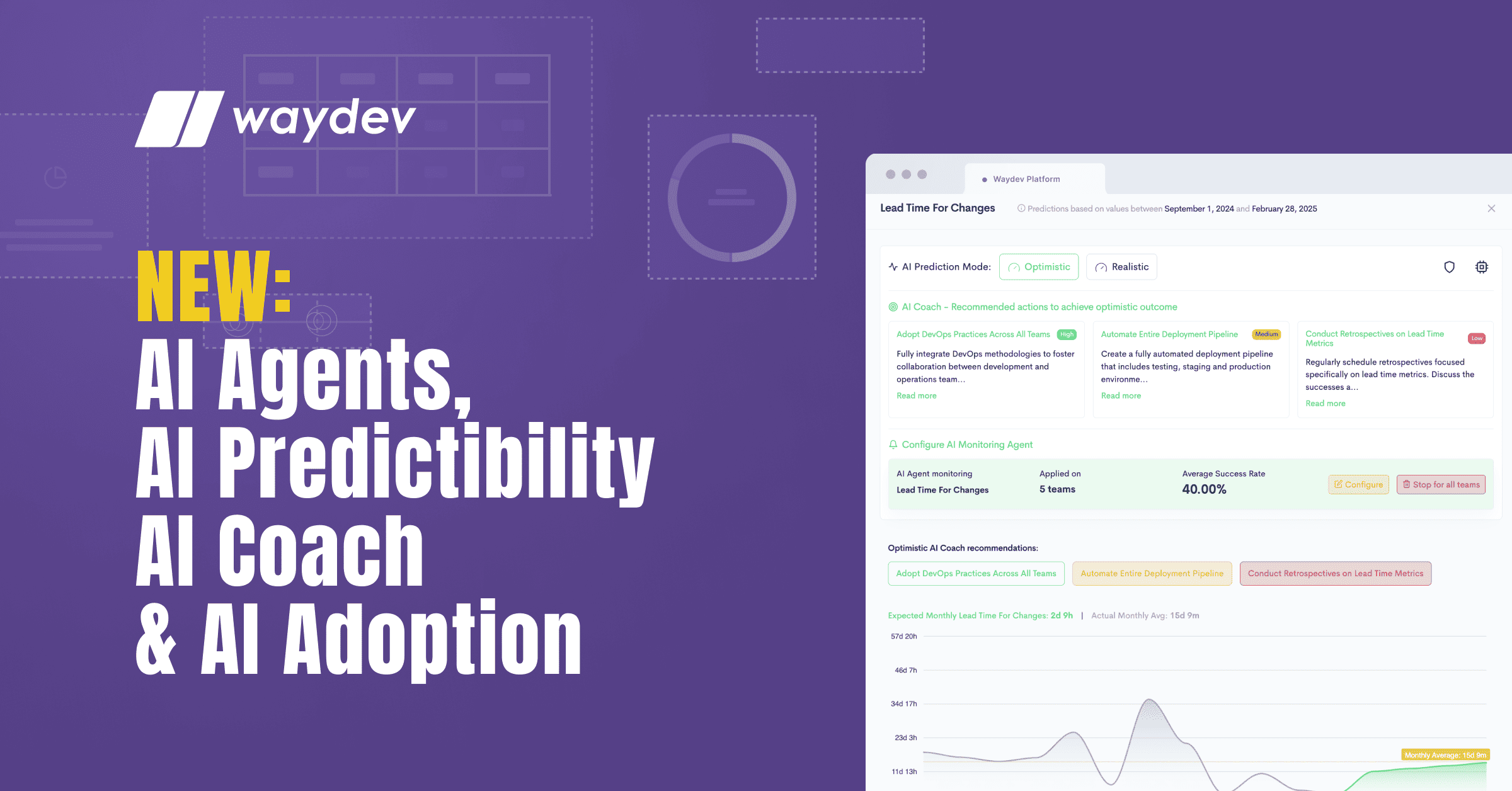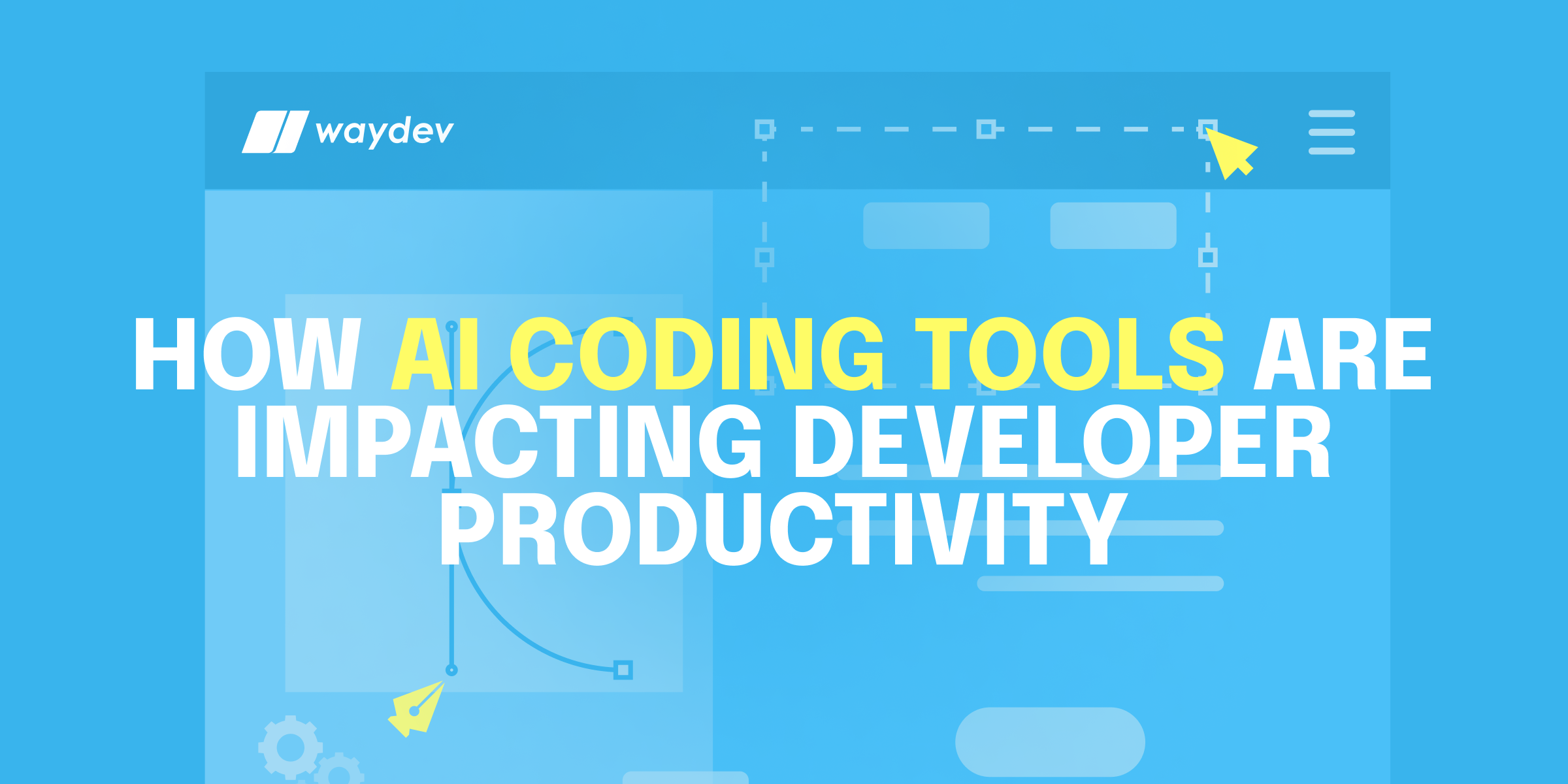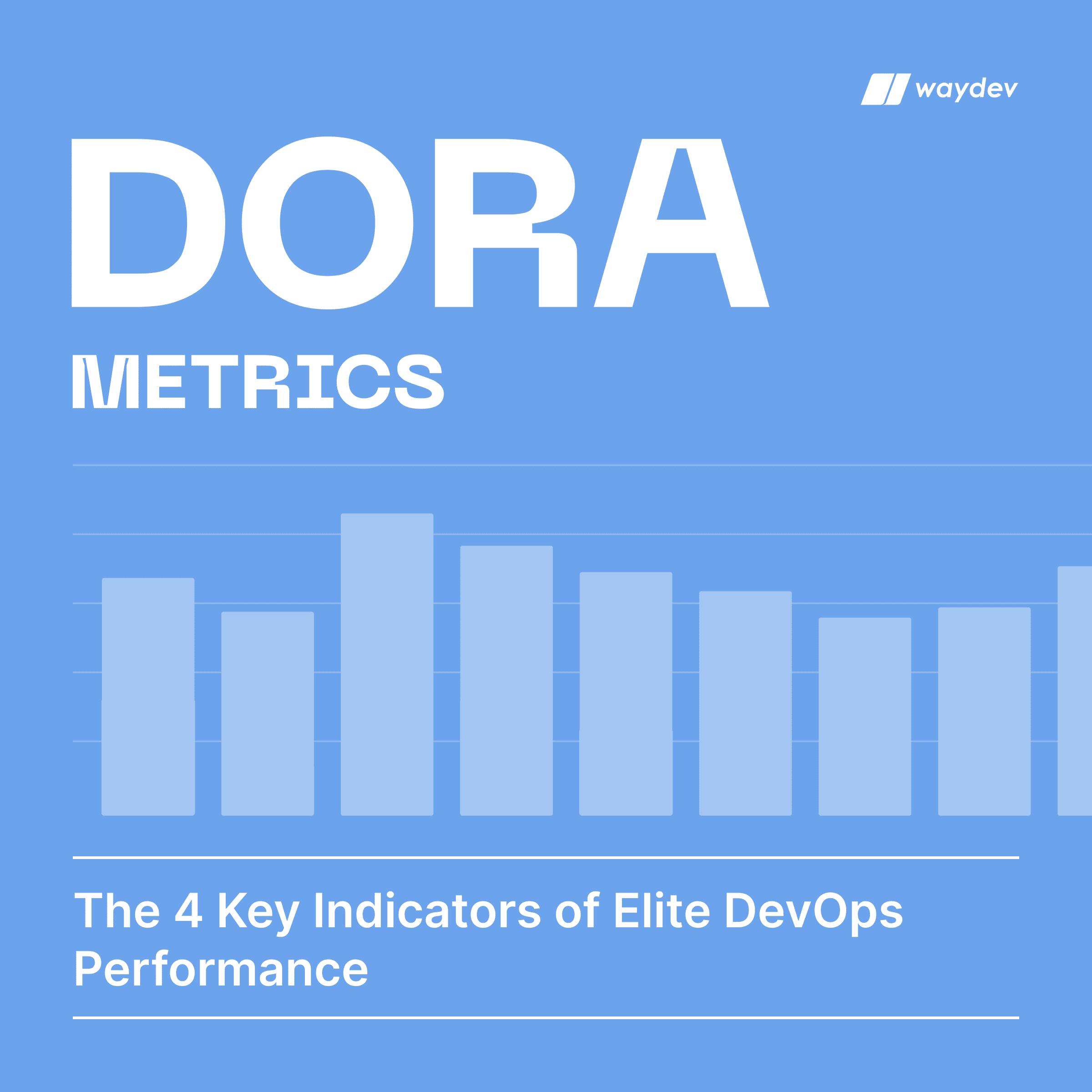Find out how software engineering leaders maximize the impact of limited resources when managing development teams.
Technology investment is critical to business success in every sector and industry. The quality of an organization’s software can have a significant impact on the quality of its products, the efficiency of its workforce, and its overall competitiveness.
To make great software products, you need a great software development team. But measuring the quality, efficiency, and competitiveness of your software engineering team isn’t always easy.
In software engineering contexts, productivity bottlenecks can arise in unexpected places. They’re often difficult to identify when they do. Software engineering leaders don’t usually enjoy a great deal of visibility into software development workflows or the obstacles that teams face when implementing new features.
Software engineering intelligence platforms address these issues, helping organizations improve team health and the developer experience. They give leaders in-depth data on engineering value, simplify resource allocation, and grant visibility into development workflows.
Software engineering has a visibility problem
Managing a software engineering project is not a precise science. It requires using incomplete information to estimate the time and resources needed to accomplish a complex series of interdependent tasks. It also demands a great deal of insight into team dynamics, skill sets, and competencies.
In the past, leaders used surveys and in-house solutions to assess the efficiency of software engineering projects. This usually required manually gathering information from project management tools, version control systems, and other assets.
This process was not only time-consuming, it was often inaccurate as well. The data captured from this wide variety of sources rarely came with the context necessary to drive valuable insights into software engineering performance.
SEI platforms provide engineering leaders with a comprehensive set of tools for observing and improving software development workflows. They automate many of the manual processes that are part of every leader’s routine, improving operational efficiency and standardizing results.
This completely transforms the way engineering decisions are made. Instead of relying on instinct or manually collecting and analyzing reams of data, engineering leaders have access to relevant, contextualized information they can immediately use.
Here are some specific ways SEI platforms help organizations improve software development processes.
- Gain full visibility into the software development lifecycle
SEI platforms help organizations make software development and delivery more predictable by providing deep insight into in-flight work. Managers can quickly see valuable information on engineering workloads and give feedback on work currently in progress, ensuring continuous delivery.
That means engineering leaders can attribute team productivity to more accurate and meaningful metrics. Instead of making developer workflows opaque, SEI platforms allow leaders to report directly on the performance of developer teams using DORA metrics to reflect the real-world value of their work.
- Identify bottlenecks and their root causes
Many SEI platforms allow users to configure real-time alerts that trigger when development work is not progressing as expected. This gives the team and its leaders the ability to quickly identify and address production obstacles.
The faster these obstacles are addressed, the less time development teams waste. Cycle time is the metric that measures the speed of delivering new features to customers; improving it is a major goal for engineering leaders. If something causes the development cycle to take longer than expected, it must be addressed quickly.
There is some value to knowing that a production obstacle exists, but the best SEI platforms provide in-depth data on the obstacle itself. This gives leaders the ability to take decisive action and prevent small issues from growing into large, expensive problems down the line.
- Improve team health and the developer experience
Developer burnout is one of the biggest roadblocks that organizations face, and SEI platforms enable leaders to adjust developer workloads before they become overwhelming. Making DX central to modern software development methodologies allows engineering leaders to measure and track metrics that account for developer satisfaction — using the SPACE framework, for example.
Leaders can use this information to engage with employees more effectively. Clear benchmarking and comprehensive productivity data help leaders accurately attribute the quality of development work to their teams, and use specific, actionable coaching conversations to improve output when needed.
- Communicate engineering value to stakeholders
Executives and key stakeholders want to know how the value of in-progress engineering projects changes over time. Translating software initiatives and engineering investments into business value takes more than a gut feeling. Engineering leaders should be able to talk about their projects using the kind of language that other department leaders use.
That’s precisely the kind of data that SEI platforms provide. With this kind of tool in their arsenal, engineering leaders can tell key stakeholders exactly what to expect from ongoing engineering projects using the same hard figures and financial terminology business leaders demand from every other department in the organization.
For example, Waydev’s Project Costs report maps and visualizes data on engineering project progress, costs, and contributions. This allows leaders to correlate issue-tracking data with salary data and find out how much the organization spent on the issues its development team resolved.
- Streamline data collection and resource allocation processes
SEI platforms connect with version control systems and project management tools to automatically collect data and make it available for analysis. This makes it much easier for engineering leaders to find out if the project is meeting initial expectations or if it is at risk of getting derailed.
When engineering projects start to derail, solving the problem often requires allocating new resources and capacity to the project. The longer this takes, the larger the allocation tends to be. SEI platforms enable project owners to inform leaders of the actual costs involved with ongoing projects and assign resources to maximize business impact proactively and accurately.
Improve the quality of software engineering work with comprehensive engineering intelligence
With global IT spending now exceeding $4 trillion, the quality and efficiency of development work is more important than ever. According to one report, US companies spend more than $260 billion on unsuccessful software projects, dragging down profitability and deeply impacting the employee experience.
SEI platforms help software engineering decision-makers gather and analyze the data they need to improve development performance and communicate the results to key stakeholders using industry-standard measurements like DORA metrics. Investing in software engineering intelligence enhances the visibility and control leaders have over software development projects.
It’s time to address the biggest challenges facing your development team. Schedule a product demo to find out how Waydev can help.






